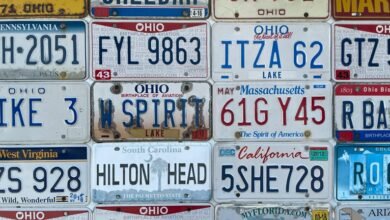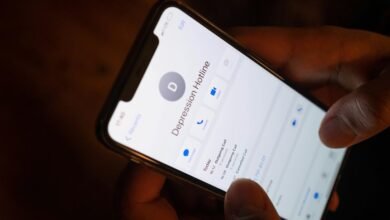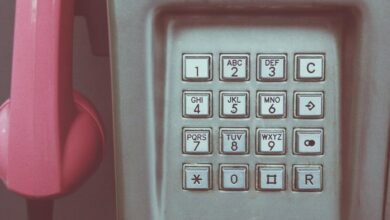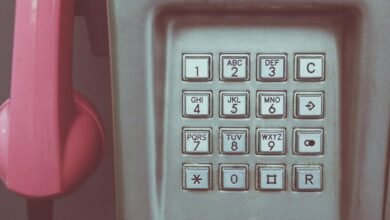Who Called Me From 5027433876, 5027680003, 5027805767, 5027806636, 5027852934, and 5027852956? Verify Now
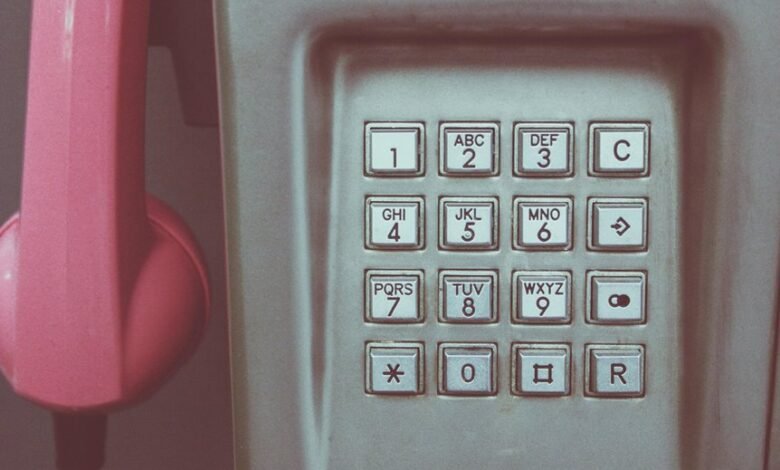
Numerous individuals have reported receiving calls from the numbers 5027433876, 5027680003, 5027805767, 5027806636, 5027852934, and 5027852956. Each call raises questions about the caller’s identity and intentions. Are these numbers linked to legitimate businesses, or are they potential spam? Understanding the area code 502 and analyzing each number could reveal significant insights. What steps can one take to differentiate between genuine calls and unwanted disturbances?
Understanding the Area Code 502
Although many people may not realize it, area code 502 serves as a significant identifier for a specific region in the United States, primarily encompassing the city of Louisville and its surrounding areas in Kentucky.
This area code’s origins reflect the state’s rich history, while its significance transcends mere digits, encapsulating the cultural and economic identity of Kentucky and its residents.
Analyzing Each Phone Number
How can a simple phone number reveal insights about its owner? By employing number tracing techniques, individuals can uncover the caller identity linked to each number.
For instance, analyzing the digits may indicate geographical origin, while metadata can provide context about usage patterns. Understanding these elements fosters a deeper awareness of potential risks and empowers users to make informed decisions regarding incoming calls.
Tips for Identifying Spam Calls
What strategies can individuals employ to discern spam calls from legitimate ones? One effective approach includes researching unfamiliar numbers online, as well as utilizing call blocking features available on most smartphones.
Analyzing caller ID and remaining vigilant for suspicious patterns, such as repeated calls from similar numbers, can further assist in identifying spam calls.
Ultimately, awareness and proactive measures foster greater personal freedom from unwanted disturbances.
Conclusion
In an age where phone calls can easily disguise malicious intent, one must ponder: how much do we truly know about the voices on the other end? Each number listed, while seemingly innocuous, could represent a potential threat or an opportunity for connection. By diligently researching and verifying these calls, individuals can safeguard their personal information and maintain peace of mind. The responsibility lies with us to discern between genuine outreach and deceptive tactics in our daily communications.

